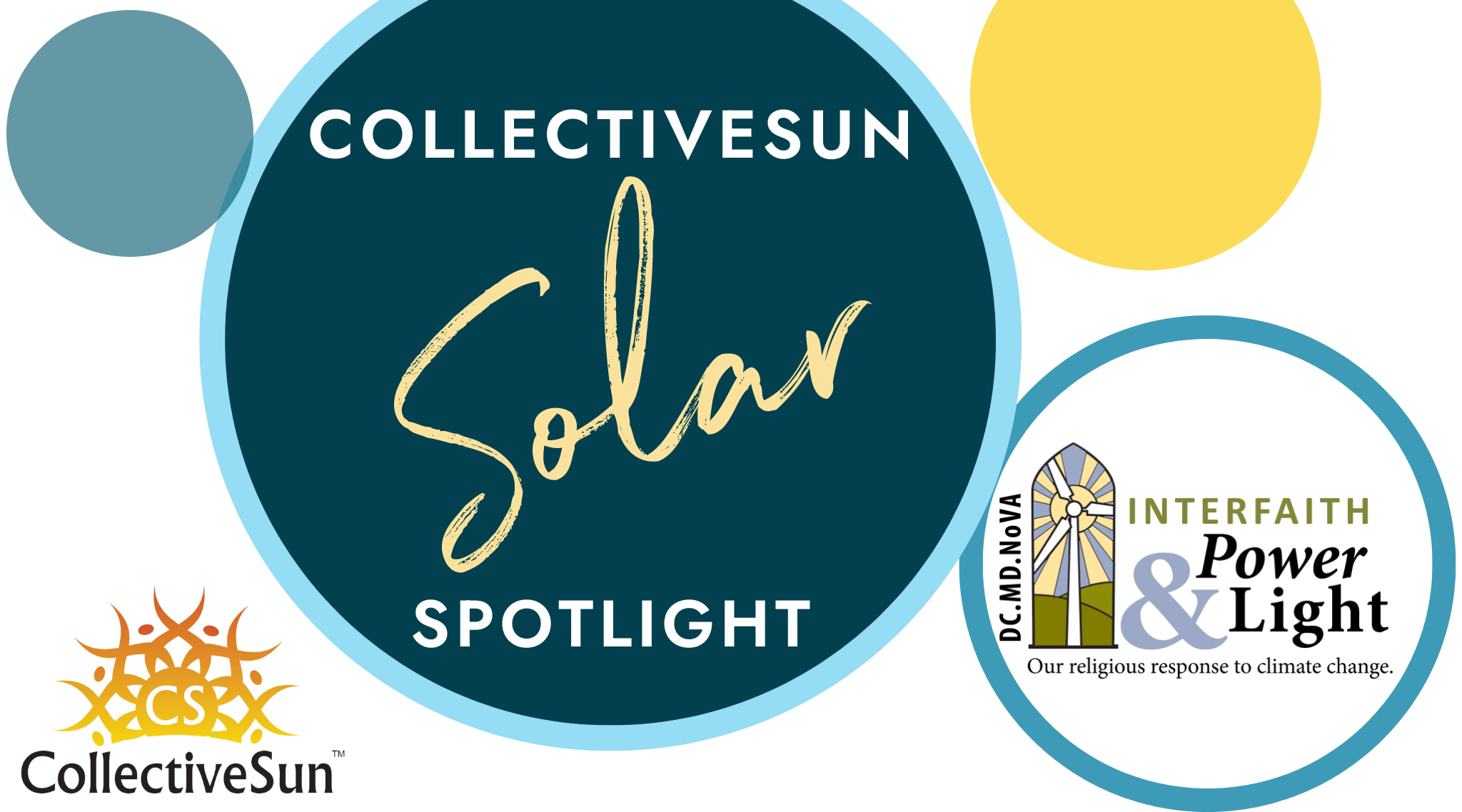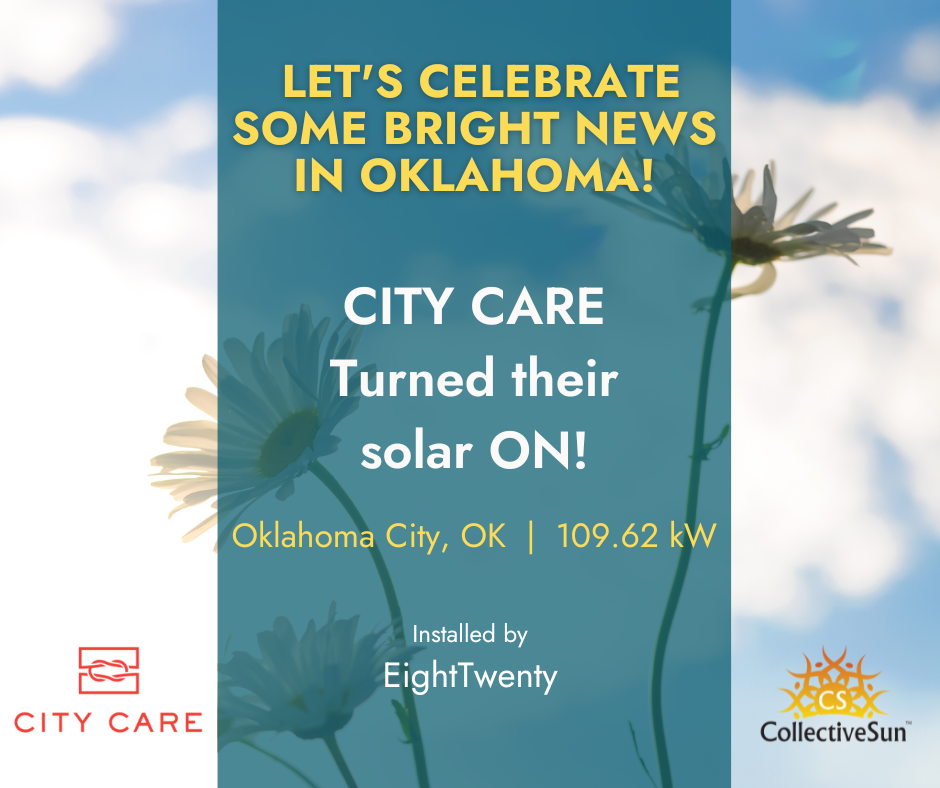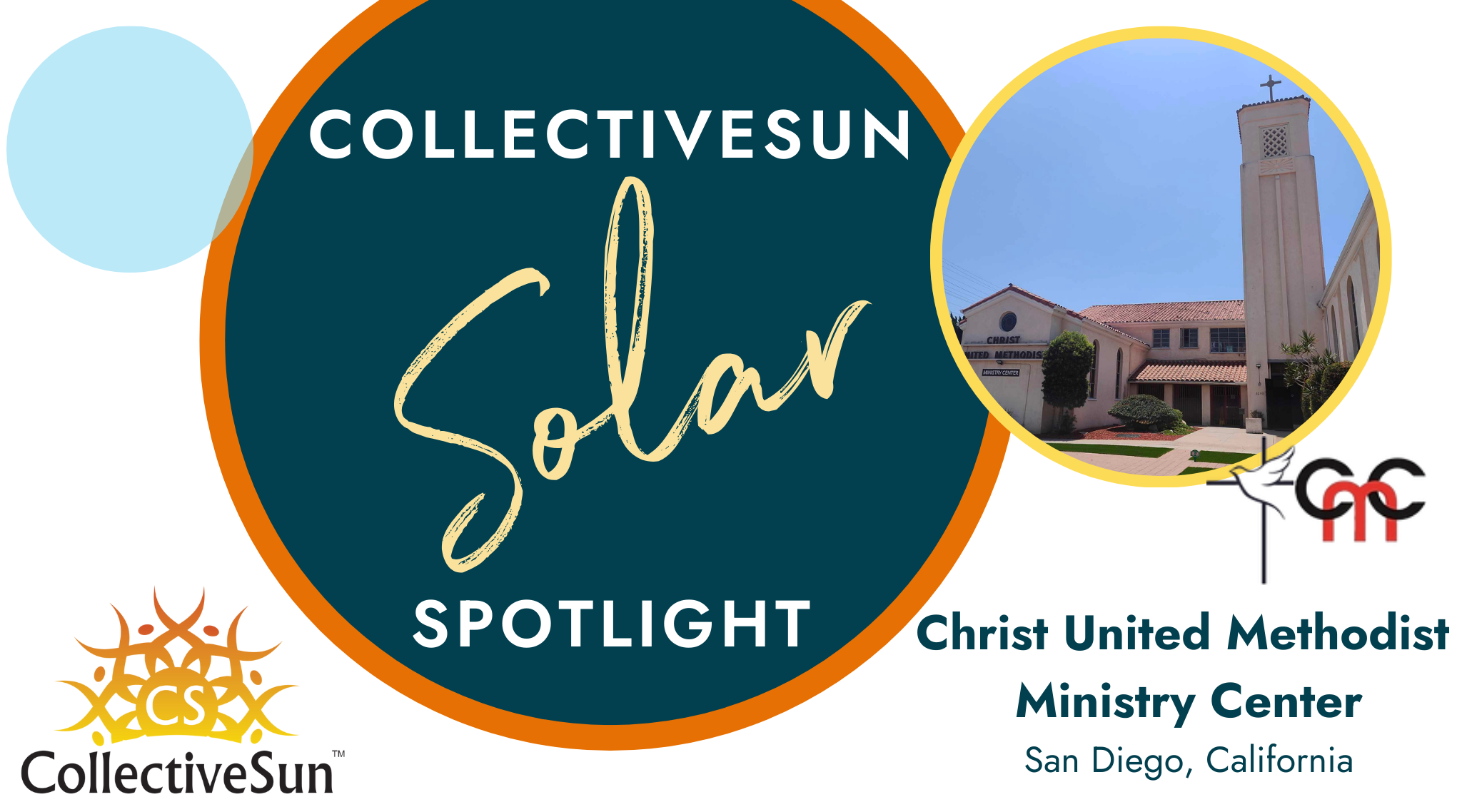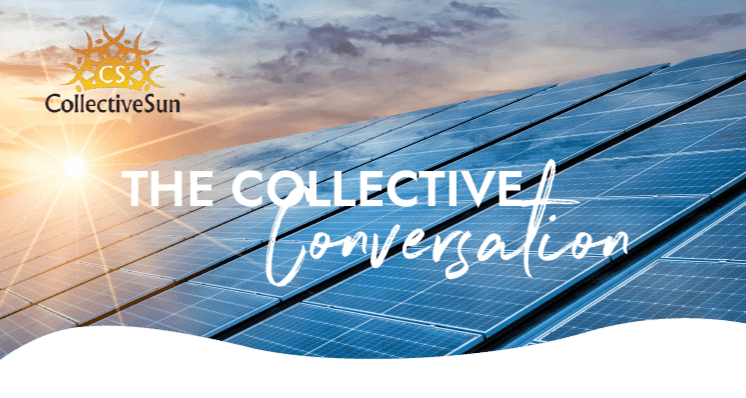|
|
|
The Inflation Reduction Act (IRA), passed in August 2022, introduced a new provision called Elective Pay, more commonly known as Direct Pay.
Because Direct Pay creates a very exciting new pathway for nonprofit organizations to utilize tax credits previously unavailable to them, we’ve been following it closely since it was introduced.
|
|
|
2024 Direct Pay Update:
The Final Regulations
On March 5, 2024, the final Direct Pay regulations were released. The main news is that there isn’t much news; most of what’s in the final regulations was already in the proposed regulations. However, the final regulations did include three updates that are worth mentioning, two of which are good news for nonprofits.
1. Expanded eligibility
The first good news is that instead of just 501(a) entities being eligible for Direct Pay, the final regulations specify that all kinds of nonprofits are eligible — from 501 to 530. A specific one to call out is HOAs. If you’re an HOA and make a 528 election, you are now eligible for Direct Pay. (If you don’t know if you do, ask your CPA if you file a Form 1120-H; if so, you make a 528 election and are eligible.)
2. Relief for June 30 year-end tax filers
More good news: If you’re familiar with our Direct Pay webinars or articles (see the links at the end of this article), you may recall that Direct Pay is available only for organizations whose tax year starts in 2023. If you placed a project in service in the beginning of 2023 and you’re a June 30 year-end filer, your tax year actually started in 2022.
The final regulations provided some relief for organizations in this situation. If you’re a June 30 year-end filer who does not otherwise ordinarily have a filing obligation, but your tax year started in 2022, you may be able to elect into a 2023 calendar year and be eligible for Direct Pay.
Government agencies fall into this category. This new rule will be helpful, for example, for schools that placed some electric buses in service in the first half of 2023 and others later that year, after their June 30 year-end. Under the proposed rules, they would not have been eligible for Direct Pay for some of the buses, but now they may be. Keep in mind that eligibility is subject to a number of rules that you should review.
Note: If you have a 6/30 year end and you placed your project in service in the last half of 2023, you don’t need to be concerned about this issue because your tax year started on 7/1/2023 and your project is eligible for Direct Pay in FY24 year ending 6/30/2024.
3. Doubling down on excessive benefits
The “excessive benefit” provision in the Direct Pay regulations stipulates that if your nonprofit funds all or a portion of your solar project with grants or charitable donations that are specifically earmarked for solar purposes, your Direct Pay benefits could potentially be reduced or even completely eliminated. For details, see our article on potential Direct Pay pitfalls.
Although some had hoped this rule would be amended, Treasury seems to have doubled down on it instead. The final regulations say that if you…
|
| click here to continue reading |
|
|
|
Was this newsletter forwarded to you and you’d like to join our mailing list? Click here !
|
|
|
 |
|
Interfaith Power and Light DC.MD.NoVA (IFPL DMV) shines as a beacon of hope and action within the realm of faith communities in the D.C., Maryland, and Northern Virginia area. Their mission transcends traditional worship, guiding congregations to green their operations through solar energy initiatives and advocating for robust climate policies.
This spotlight features a conversation with Joelle Novey, IFPL DMV’s Director for Climate Equity, focusing on how partnerships like CollectiveSun empower congregations to harness solar power. It vividly demonstrates their commitment to a sustainable future, seamlessly integrating faith with ecological responsibility.
|
WE WOULD LIKE TO BEGIN BY LEARNING ABOUT YOUR ORGANIZATION’S STORY AND MISSION.
Interfaith Power and Light DC.MD.NoVA (IFPL DMV) is one of 40 active affiliates of the national Interfaith Power and Light network engaging faith communities responding to climate change. We do that by opening conversations about the climate crisis in faith communities, and inviting folks to reflect on how they are called to respond. We help congregations green their facilities — including going solar and helping their members shift to cleaner power — and mobilize faith voices to speak out for strong climate policy. We invite congregations and all faith traditions to fully live out their own values by taking action together to care for each other and all creation.
WHY IS IPL DMV FOCUSED ON CLEAN ENERGY?
We are coming to understand that burning fossil fuels is pouring heat-trapping climate pollution into our atmosphere, causing our Earth to warm, and causing great harm and suffering — to neighbors close to home, around the world, now and in the future, and all life on earth. All of our traditions call us to take responsibility for the impact of our choices and actions; moving away from combustion energy toward renewable and clean energy is a way for all of us to live out that mandate not to cause harm.
Congregations have a unique role to play in inspiring the transition to clean energy. Even though congregational projects for solar panels can be relatively small, their impact can be much bigger than the kilowatts installed. Congregations are beacons in their communities, and a tremendous number of people look to these institutions for guidance. Solar panels on a congregation can help us all envision a clean energy future.
One of the congregations that went solar in the D.C. area many years ago called the panels “our newest stained-glass windows,” because the panels tell their story to the world.
WHAT ARE SPECIFIC PROGRAMS & SERVICES?
The hallmark of our work is in-person direct engagement on the ground in communities, opening conversations about the climate crisis and inviting people to reflect on how they want to respond in their faith communities.
Specifically, as the clean energy transition accelerates, we’re seeking to serve as a trusted guide for all the options that are available to our congregational facilities and their members, like electrification and going solar — especially since the passage of the Inflation Reduction Act.
|
 |
|
One thing that means is ensuring that the congregations are learning from each other as they navigate the space. We have a map on our website, ipldmv.org/solar, of all the solar congregations we know of in the region. You can click on this interactive map and see a picture of the project, who installed it, how many kilowatts it is, and any news coverage that tells the story more.
Below the map, we explain some of the most common financing mechanisms for congregations to go solar…
|
| Click Here to Continue Reading |
|
|
 |
|
|
|
|
|
|
Finding Direct Pay still a bit confusing? We Can Help!
5 Step Direct Pay Checklist:
Navigating the Direct Pay process for your organization’s solar system can be challenging, but you don’t have to do it alone.
CollectiveSun has developed a simple
5-part checklist to make the process smoother and ensure you get the most out of your investment.
Downloadable Direct Pay Checklist Link
|
|
|
|
|
|
A Call to Nonprofits
If your nonprofit organization is exploring going solar and your mission is to provide programs & services that support communities of concern benefitting:
- Children
- Veterans
- Senior Citizens
- Individuals with Disabilities
- Historically Marginalized Groups
- At-Risk Individuals
|
|
|
|
If you’d like to learn more, schedule a meeting with Nicole here.
|
|
|
|
CollectiveSun is here to help you with your solar financing.
| Interest Rates Start at 4.99% |
| Rates Are Based On Community Impact, Not Just Credit Score |
| One Simple Payment | Term Length Up To 10 Years |
| Payment Holiday Durning Construction of System | No Prepayment Penality |
Our goal is for you to end up with a solar system that reduces your carbon footprint and is a $0 down investment with a positive cash flow from day one, so it has an immediate impact on your bottom line. That’s what we want most for the organizations that are the backbone of our communities – financial and environmental sustainability that allows you to concentrate on your mission and reach your sustainability goals.
|
|
|
 |
|
|
|
Navigating the world of solar financing can be daunting, but it doesn’t have to be. Our team of seasoned experts has been focused on delivering solar financing solutions for nonprofit and tax-exempt organizations across the country for over a decade. In just the last few years, we’ve proudly facilitated solar projects for over 200 nonprofits spanning 25 states.
|
|
|
|
At CollectiveSun, we understand that every nonprofit is unique, and that’s why we offer a diverse range of financing options. Whether you’re considering a loan like our CollectiveSun Solar Loan designed to support your purchase of a solar system while allowing you to benefit directly from the Direct Pay Tax Rebate; exploring leasing options like our CollectiveSun Solar Lease; or seeking a hybrid funding model like our CollectiveSun Solar Power Agreement (the SPA), we have the perfect solution to match your solar financing needs.
For those looking to dive deeper into how Direct Pay can benefit you, we’re excited to offer a free comprehensive course series on HeatSpring. This series covers not only Direct Pay but also the additional ITC bonus adders, providing you with all the information you need for when your filing is due.
📚 Enroll in the free course here:
CollectiveSun HeatSpring Direct Pay & More Course Series
You’ll discover how these incentives can make solar energy even more accessible and cost-effective for your nonprofit organization. Together, let’s harness the power of the sun to fuel your mission and create a brighter, more sustainable future for all.
Let’s connect and start the conversation!
|
|
|
 |
|
The Office of the President has turned its focus to solar panels, announcing the removal of the bifacial solar panel Section 301 tariff exclusion and addressing issues of stockpiling during trade cases, alongside promoting the nation’s manufacturing base.
In a warmer world, it will take more energy to cool people off. Rooftop solar could step in to fill the energy gap.
The United States has officially exceeded five million solar installations, just eight years after reaching one million installations in 2016 — a milestone that took 40 years to achieve following the first grid-connected solar installation in 1973.
|
| Need to Unsubscribe? |
|
|
|
|
|
|




